
update (photos) on tesla’s first battery swap station.
update (photos) on tesla’s first battery swap station. three hours southeast of san francisco close to being finished. via gigaom [RK]

update (photos) on tesla’s first battery swap station. three hours southeast of san francisco close to being finished. via gigaom [RK]

why are millennials shunning cars? why we shouldn’t dismiss the trend as a mere byproduct of the bad economy. via washington post [RK]
electric car buying guide. electric vehicles offer more driving fun. via sierra club [nOnnIs]

How do you know if making the move to an electric car will work for you? It may depend where you live, if there are charging stations within your battery range limitations, your driving habits, and your lifestyle. And it’s an expensive proposition at the moment as the battery alone accounts for $10,000 of the purchase. There’s a new app that can measure your driving habits and needs to help make the decision to move all out to an EV or hybrid.

the new app is Virtual Test Drive that operates on your smartphone, compiling data every time you drive your car.
Drivers can log onto Virtual Test Drive’s website and view where they have recently driven and see range issues and cost savings. The company also compiles all data and could be a resource for future EV infrastructure development.
At the moment the app is only available to beta testers. If you want to check out the app yourself, sign up here
producer: virtual vehicle company
new book: design out vehicle related crime. via design council [RK]
 Hybrid can run solely on renewable energy or get over 200 mpg at highway speeds
Hybrid can run solely on renewable energy or get over 200 mpg at highway speeds
Urbee is a two-seater hybrid vehicle and the first prototype ever to have entire body and glass panels 3D printed. Urbee is envisioned as an environmentally sustainable, safe to drive and fuel efficient vehicle. The electric / liquid-fuel hybrid reaches more than 200 mpg, highway and 100 mpg, city in U.S. gallons with either gasoline or ethanol.
For combined city and highway use, the Urbee gets about 150 mpg and costs only 2 cents per mile. This is only about 10 percent of the fuel consumed by a typical SUV. And on the highway, it costs about 1 cent per mile, or 95 percent less than that same SUV.
The car is charged overnight from any standard home electrical outlet. Alternately, it can be charged by renewable energy from a windmill or a solar-panel array small enough to fit on top a single-car garage.
All exterior components were created using an additive manufacturing process using Stratasys’ digital manufacturing service – RedEye on Demand. The development partner is Winnipeg engineering group, Kor Ecologic.
Source:
urbee
stratsys
kor ecologic

good solar power video that few have seen.
[source: solardude1]
 Blink, the new Electronic Vehicle (EV) Charger from ECOtality and Frog Design makes GE’s heretofore popular WattStation look like last year’s PC.
Blink, the new Electronic Vehicle (EV) Charger from ECOtality and Frog Design makes GE’s heretofore popular WattStation look like last year’s PC.

Its simple, rounded, white interface was designed to put the Mac-friendly world at ease, and its two-part configuration makes it ideal for use at home. Unlike the familiar gas station pump of a single, standing module, Blink separates the two components of the design into an upper communications-based section and a lower section that houses the charger. It evens tracks your “charging behavior” and notifies you when it’s peak charging time. And instead of a space-wasting, free-standing unit, Blink can be wall-mounted anywhere in your garage. Going EV never looked so good.
designer: frog design
producer: ecotality and wattstation
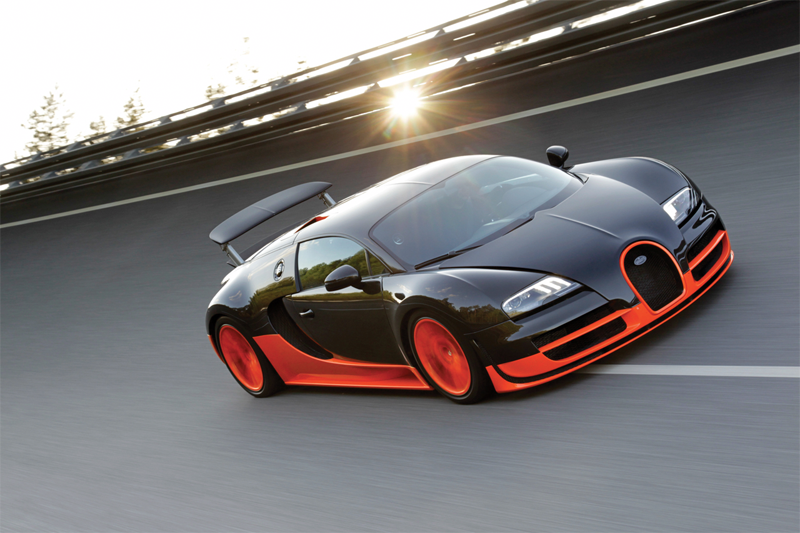 bugatti veyron again planet’s fastest car.
bugatti veyron again planet’s fastest car.
On July 4, 2010, a black and orange Veyron 16.4 Super Sport hit 267.81 mph. The previous record was 256 mph set by a Shelby SSC Ultimate Aero in 2007. It does 0–96 km/h (60 mph) in 2.46 seconds. While thinking about what to write in this article there were thoughts of selling her short. Not green. Maybe not agile. Well engineered but what about design. She’s a very good looking, very very fast car.
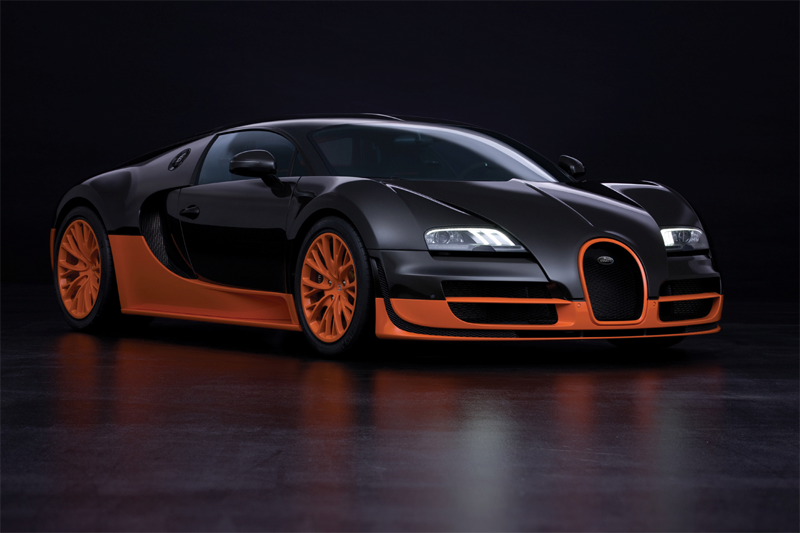
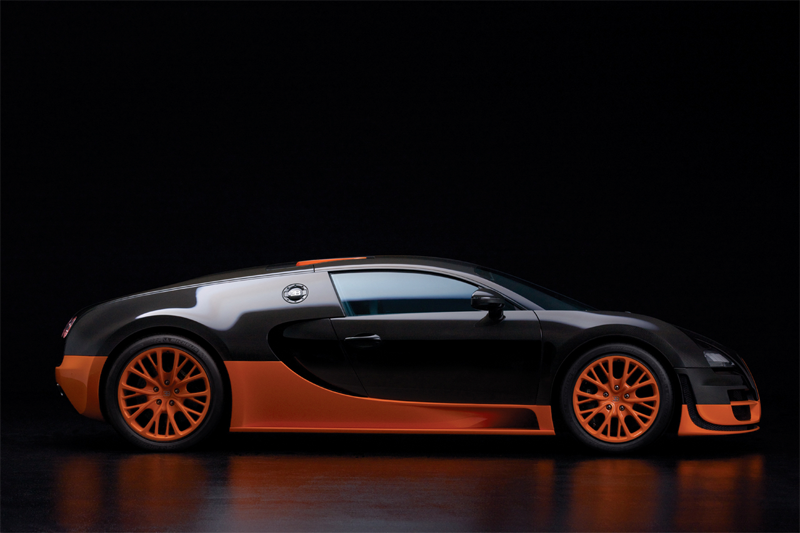
above: the carbon-fiber monocoque is stiffer yet lighter, the suspension has been stiffened and Bugatti says the car is capable of 1.4g of lateral acceleration.
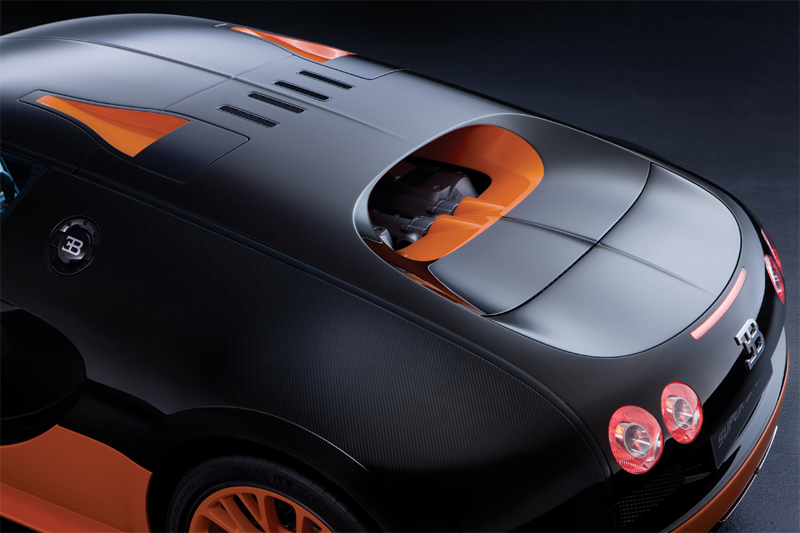
above: the body has been revised, and the engine draws air through a pair of NACA ducts in the roof instead of two big scoops.
The first five production super sports will wear the same black and orange finish as the record car and all production models will be electronically limited to 257.9 mph to protect the tires. Cost: $2.4 million.
Bugatti Press Release:
Land speed world record with the Bugatti Veyron 16.4 Super Sport
The new Bugatti Veyron 16.4 Super Sport takes production sports cars to a whole new dimension Wolfsburg/Molsheim, July 4, 2010 – on a beautiful sunny day at 25 degrees the Bugatti Veyron 16.4 Super Sport achieved a new land speed world record for production cars, on the proving grounds of the Volkswagen Group at Ehra-Lessien (nearby its headquarters at Wolfsburg). In the presence of the German Technical Inspection Agency (TÜV) and a representative of Guinness Book of Records the Super Sport achieved an average top speed of 431 km/h (267.81 mph.)
Saturday, 2 pm – Bugatti’s Pilote Officiel Pierre Henri Raphanel puts his helmet and gloves on, pulls the safety belts tight whilst the engineers check the car a very last time: tyre pressure, temperature, all systems go. Then the orange black Super Sport crosses the light barrier, from now on the time will be taken, within one hour the car has to drive from South to North and then in the opposite direction. No one but the driver is allowed to touch the car during this time. The tension rises. A few minutes later we can hear from the left side the sound of a starting jumbo jet coming closer towards us. First we perceive the headlights of the Veyron, then we can recognize the shape of the car, a loud wooosh…. and Raphanel dashes in top speed past us. The GPS-tachometer stops at 427, 933 km/h (265.9 mph.) Now the same procedure from the opposite direction. This time the car reaches 434, 211 km/h (269.8 mph.) As average top speed the representatives of the “TÜV”and Guinness generate a value of 431, 072 km/h (268 mph). This even hit Bugatti’s engineering team by surprise.
“We took it that we would reach an average value of 425 km/h,” explains Bugatti’s chief engineer Dr. Wolfgang Schreiber, “but the conditions today were perfect and allowed even more.”
The climax of the Veyron series: the Bugatti Veyron 16.4 Super Sport
Had a model been especially popular or highly successful in races, Ettore Bugatti’s customers often pushed the master to tease out of the engine a few horsepower more for their future car. Bugatti Automobiles S.A.S. had been in a similar situation when their existing customers asked the company to not only design their second model optically differently but to also create a version with a sportier and more extreme driving experience. The result is a car with a uniquely high performance of 1,200-hp (882 kW) offering experienced drivers a whole new dimension of excitement, with a maximum torque of 1,500 Newton metres and a limited top speed of 415 km/h (to protect the tyres) but, the technique of the Super Sport is identical to the record car. The first five Super Sports to come off the production line will constitute a special series of their own, with the same configuration as the landspeed record car.
The Super Sport is a consequent of the further development of the classic exclusive 1,001-hp Bugatti Veyron 16.4, launched in 2005. This model offers a stunning set of specifications, such as the twin clutch gearbox with seven speeds, the extraordinarily precise driving performance in bends and excellent stability when braking and accelerating.
Continuous work in extreme performance ranges lead to constantly new conclusions, which enabled the engineers at Bugatti to develop the Veyron into a direction in which the driver can reach new dimensions. Every modification is designed to produce an even more powerful car for an agile ride. Four enlarged turbochargers and bigger intercoolers have been used to boost the power of the 16-cylinder engine, and the chassis has been extensively redesigned to maintain safety at extreme speed – thanks to slightly raised main-spring travel, stronger stabilisers, and new shock absorbers with a complex architecture originally developed for racing cars. This gives noticeably more precise control of the wheels and the car as a whole. With lateral acceleration of up to 1.4 G and improved interaction between the tyres and the intelligent all-wheel drive system, the Super Sport offers perfect handling and even more powerful acceleration of 1,500 Newton metres on corner exits.
The body has been fine-tuned to improve aerodynamic efficiency and maintain perfect balance in every situation, while the new fibre structure of the all-carbon monocoque ensures maximum torsion rigidity and passive safety – at reduced weight. The skin is made entirely of carbon-fibre composites, and the new Bugatti Veyron 16.4 Super Sport is available in 100 per-cent clear- lacquered exposed carbon on request.
Dynamic exterior
Every detail of this car, and not just its use of advanced motorsport technology, harks back to the pioneering spirit of company founder Ettore Bugatti. This brilliant designer came from a family of artists, and his philosophy was always to combine mechanical perfection and exterior beauty. This ethos remains alive and well at the company, and the Bugatti Veyron 16.4 Super Sport is wholly unmistakable, with every external modification serving to coax greater performance from the car.
The Super Sport’s flat, elongated silhouette is immediately recognizable. The 16-cylinder engine gets its air from two NACA ducts integrated into the roof, rather than from scoops above the engine. The front air intakes have been expanded and reshaped, with the lower one extending elegantly around the sides to the wheel arch. The revised back looks sportier due to the double diffuser and a centrally arranged exhaust system.
Bugatti has a tradition of making super-sport versions of successful models, usually with racing chassis and supercharged engines. These cars were considered as true racing machines for diehard Bugatti devotees. The most successful were the type 55 and type 57S; only around forty of each were built.
Bugatti Automobiles S.A.S. has sold 260 Veyrons and 35 Grand Sports by now, of which 249 Veyrons and 22 Grand Sports had been delivered. The Super Sport will begin production this autumn at Molsheim along with the Veyron and the Grand Sport. The first five cars – known as the World Record Edition – are in a special black exposed carbon and orange finish and have already been sold.
The Bugatti Veyron 16.4 Super Sport will appear for the first time in public in California at the Pebble Beach Concourse weekend in mid-August and will be featured at The Quail, Monterey Historic Races at Laguna Seca and on the concept lawn of the Pebble Beach Concours d’Elegance.
note: previous record holder – shelby ssc ultimate aero – 256 mph (411.99 km/h), on September 13, 2007.
Resources:
autoblog
inautonews
wired
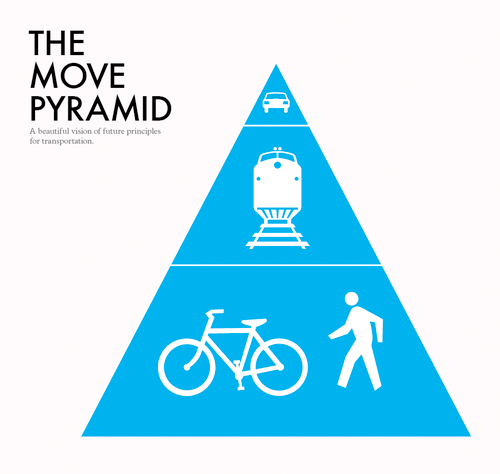
an enlightened vision of future principles for transport – ation.
All content ©2007 > 2024 DesignApplause